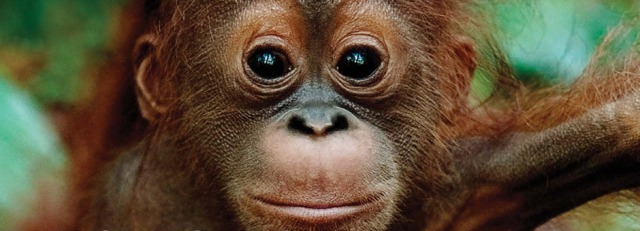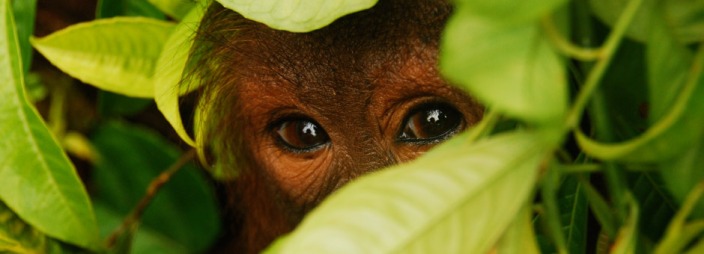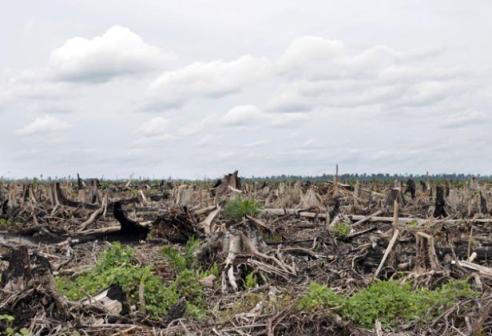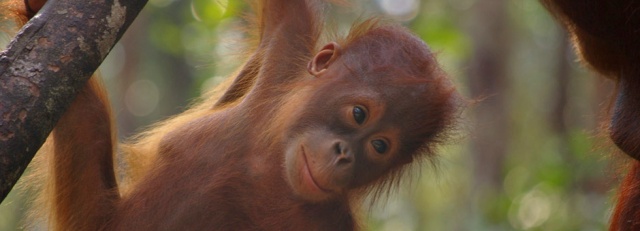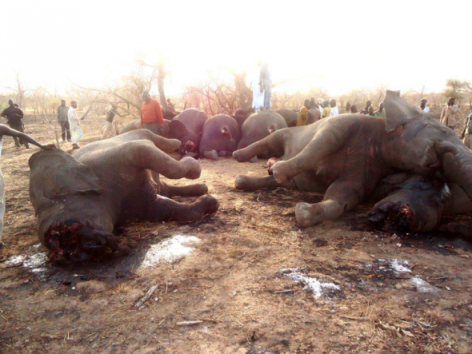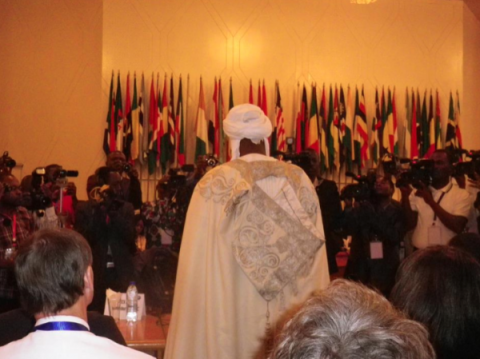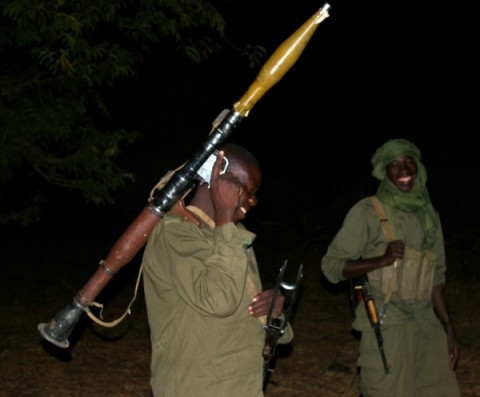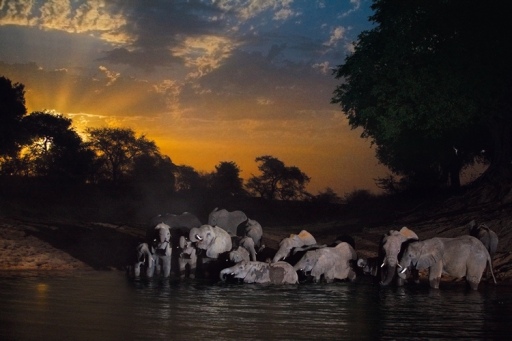This is a university assignment which involved analyzing three articles with topics that were high on the news agenda. I chose to look at South Africa and Vietnam meeting to sign a deal which hopes to diminish the poaching of rhinos in South Africa.
Rhino poaching has been named South Africa’s top newsmaker for 2012. The media has depicted Vietnam to be the main culprit in the slaughter of hundreds of these endangered species, because rhino horns are illegally traded for use in traditional Asian remedies. The three articles, which this essay seeks to analyze, deals with the memorandum of understanding that was signed between Vietnam and South Africa. This memorandum deals with efforts to diminish rhino poaching in South Africa. This topic made major headlines, both nationally and internationally.
Article One: “Vietnam signs rhino-poaching pact with SA”
This article appeared on the IOL website on December 12, 2012. IOL, or Independent Online news, is a news and information website based in South Africa, and reports on breaking news from across the country. Independent Newspapers runs the IOL website, and controls several newspapers including The Cape Argus, The Star and The Cape Times; all included on the IOL website. This is an example of synergy, where different parts of the same organisation collaborate in order to enlarge profit (Wasserman and Botman, 2008: 6). However, this Independent Newspapers banner poses a problem for South African media, because it is able to monopolize the market by owning a number of newspapers. This diminishes the opportunity for a broad range of opinion and news stories to circulate in the media, as each newsagent is expected to support the principle values of the monopoly that controls them. Therefore, it raises the question of the possibility of a news source to be entirely objective (Boudana 2011: 385).
The article’s opening line reads as follows: “With SA having lost 618 rhinos so far this year, it is hoped that the signing of a memorandum of understanding with Vietnam could stem the poaching.” This immediately places a large amount of blame and responsibility on Vietnam, as if Vietnam is the primary villain in rhino poaching. Even if this is truthful, the audience is reading about Vietnam painted as the sole cause for the rhino deaths in South Africa.
South Africa’s Minister of Environmental Affairs, Edna Molewa, is importantly portrayed and seems to take an active, crucial role in the anti-poaching actions in South Africa. However, the Vietnamese farms minister Dr Cao Duc Phat, the Vietnamese “counterpart” who signed the agreement, is not quoted at all. The audience is unaware of his opinion, or of his stance in dealing with anti-poaching. The only information we have from the Vietnam side is that of a spokesman stating the farms minister has proposed a ban on the import of all rhino specimens. A quote in the article states: “demand in Vietnam is believed to be driving ‘the rapacious illegal trade in rhino horn'”. The article also includes information of a “booming market” for luxury products and conspicuous consumption in Vietnam. Agenda setting is the process regarding the angle at which issues are reported, or the issues that are portrayed as being the most important (Scheufele and Tewsbury, 2007: 297). In this article, the news source has placed the issue of rhino poaching, and Vietnam’s role in this, on the media agenda. This is indicative of priming, which is the effect that agenda setting has on audience perspective on topics that the media presents. The audience will develop ‘activation tags’ effecting how the information is processed (Scheufele and Tewsbury, 2007: 298). The audience will rely on previous activation tags about rhino poaching, which has been very prominent in South African news in recent years.
How the story is organised, and the meanings that are imagined around it, is how the story is framed (Scheufele and Tewsbury, 2007: 306). There are media frames and audience frames. How the journalist frames the article is the media frame, and how the audience processes the received information is the audience frame (Scheufele and Tewsbury, 2007: 306). This article is obviously not told from a personal or intimate account, yet it is quite emotional in its portrayal of the rhinos being poached and slaughtered. Vietnam is portrayed as being rather relentless and ruthless in its consumption. The diction includes ‘rapacious’, ‘illegal’, ‘unprecedented’, ‘conspicuous consumption’, ‘criminal syndicates’, ‘end-use market’, ‘tarnishing’, and ‘unmitigated tragedy’. This all frames Vietnam’s role in rhino poaching in South Africa in a very specific manner, and guarantees the audience framing the ordeal in a very particular manner.
Article Two: “South Africa signs rhino deal in Vietnam”
This article appeared in the Mail and Guardian on December 10, 2012. The Mail and Guardian is an important and trusted South African newspaper. This article reads very similarly to the IOL news article. A large focus is again placed on Edna Molewa. It highlights her hope for both countries to come together and work towards a memorandum. The opening line reads; “Edna Molewa, minister of water and environmental affairs, has finally signed a memorandum with her counterpart in Vietnam.” The use of the word “finally” suggests that there has been some kind of a delay or postponement in the action against rhino poaching. It is unclear whether the blame is placed upon South Africa or Vietnam, until further on in the article where it explains how Molewa had tried other attempts that were “turned down” because Vietnamese officials were “not available”. The article’s format emphasizes the story’s typical hard news feature (Bull, 2010: 330). It is written in the ‘inverted triangle’ format, with the most pressing questions being answered first: the memorandum itself and the agreement between the two countries, as well as what South Africa is doing in particular against the rhino poaching scourge. The peripheral information comes towards the end of the article: information about Vietnamese cooperation in the middle of the article, and concluding with wildlife monitoring groups, and their role in the issue of the signing of the memorandum.
The sources for this story come mainly from quotes from the prominent people involved in the memorandum. This is namely, Edna Molewa, Dr Cao Duc Phat and Dr Naomi Doak, the coordinator of Traffic (a wildlife trade monitoring group) of Southeast Asia. It is crucial to look at the issue of objectivity when analyzing news pieces. Objectivity is not necessarily about detachment or neutrality, but it concerns the truth, and cooperation between reality and thought (Boudana, 2011: 385). In this particular article, we can see that the reporter seems to have tried to be objective and fair. The reporter has included information from the South African side, the Vietnamese side, and even peripheral groups. Vietnam is given more of a chance at an explanation, and their thoughts and goals are able to come through in the article. However, it still seems as though Vietnam is framed as somewhat of a villain in this article. The audience is invited to view South Africa and its rhinos, Vietnam, and outside wildlife monitoring groups in a triangular relationship. The audience can then construct opposing relationships, trustworthy versus unreliable sources, and ultimately good versus evil.
Agenda setting in this article again shows how the issue of rhino poaching in South Africa has been engaged on the media agenda. This agenda setting is part of priming the audience to view the issue of poaching of one of South Africa’s “treasures” as a major problem. This is not inevitably a biased point of view, as there does not have to be bias involved in order for the audience to be primed in a particular way (Boudana 2011: 392). Even in the absence of bias, priming will always occur.
Article three: “Rhino poaching: South Africa and Vietnam sign deal”
This article is sourced from BBC News Africa. BBC news has a global network of journalists reporting on regional and current world news. This is very different from the first two articles which both came from South African news sites. It is clear that the issue of rhino poaching, and the memorandum that was signed between South African and Vietnam gained international attention and is globally newsworthy. This article includes more information about rhino poaching statistics, the demand and value of rhino horn for use in Asian remedies, the profits urging Vietnamese hunters and general information about the effects and results that this new memorandum could lead to. This article seems to be more objective to the previous two, perhaps because the reporter and news site is further removed from the issue at hand, and is reporting from a peripheral point of view. The agenda seems to include broader issues, as that of rhino slaughtering in recent years, the consequences for the conservation and the issue of traditional remedies that exploit this endangered species. In this article, the audience is primed to see South African and Vietnamese authorities as equals as they sign the deal to curb rhino poaching, this is particularly evident in a quote which is used in the article: “The deal could mark a turning point in efforts to protect rhinos because it represents the first official pact signed by both countries”.
In general, one can conclude that the media has largely casted Vietnam as a major cause and felon of rhino poaching in South Africa. These three articles all focus on the same issue, yet the different strategies that are applied by the news sources all foreground different views. One can take a part and analyze the articles by looking particularly at the newsworthiness, objectivity, news-site ownership and monopoly, framing, priming and agenda setting of the articles.
